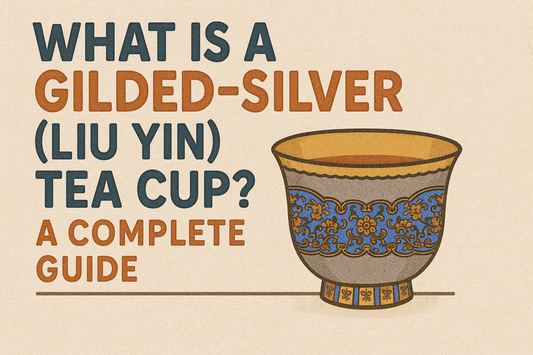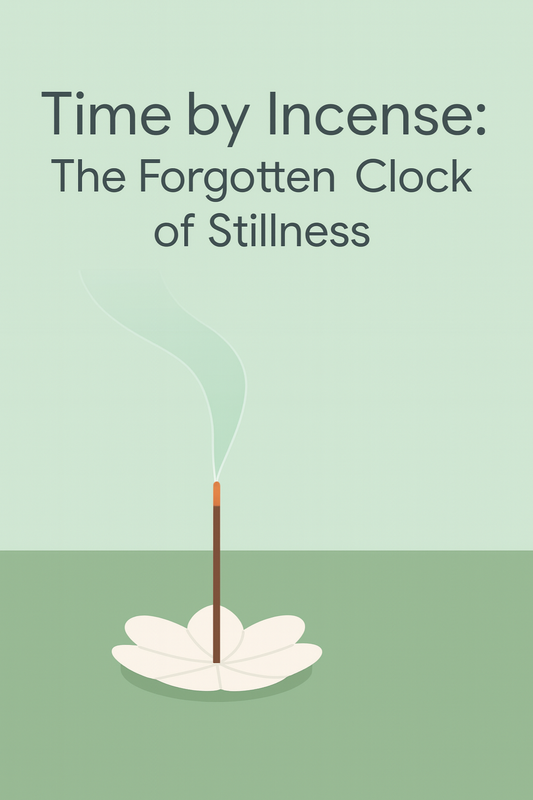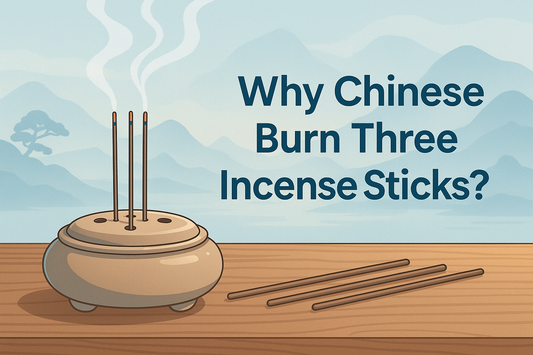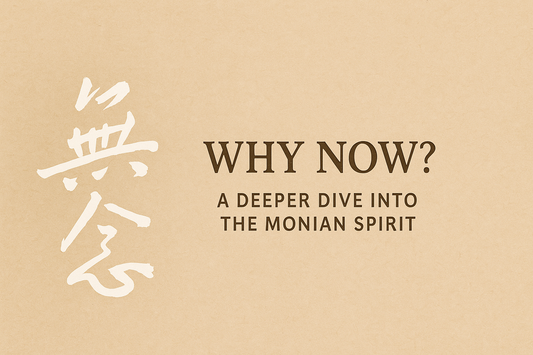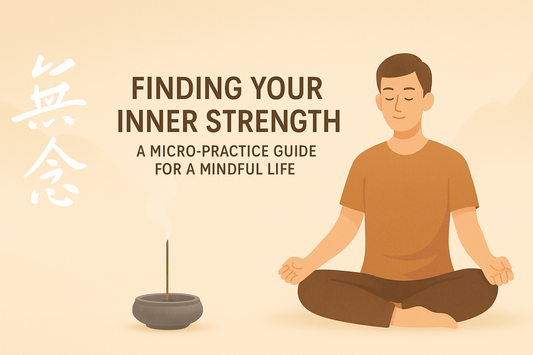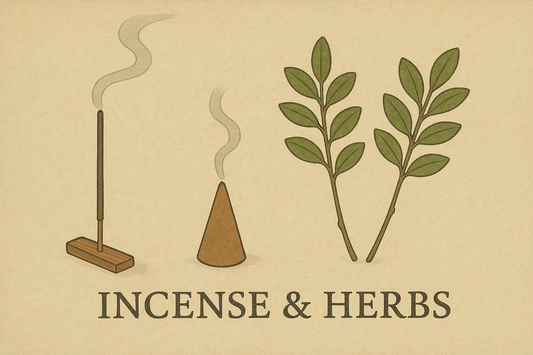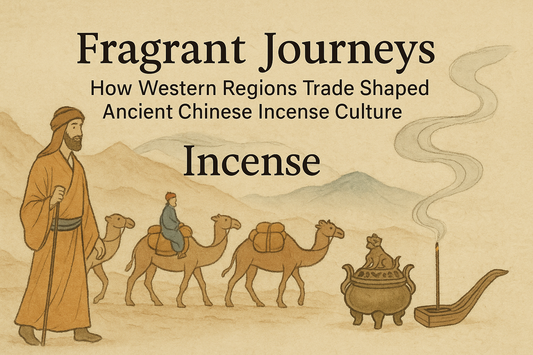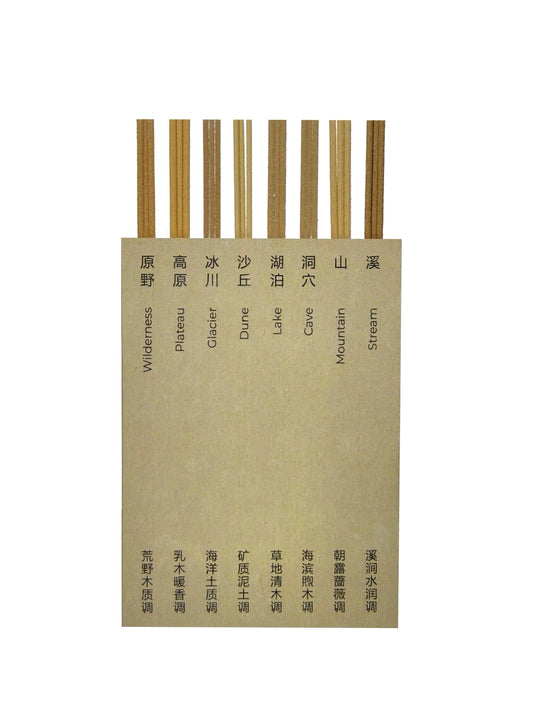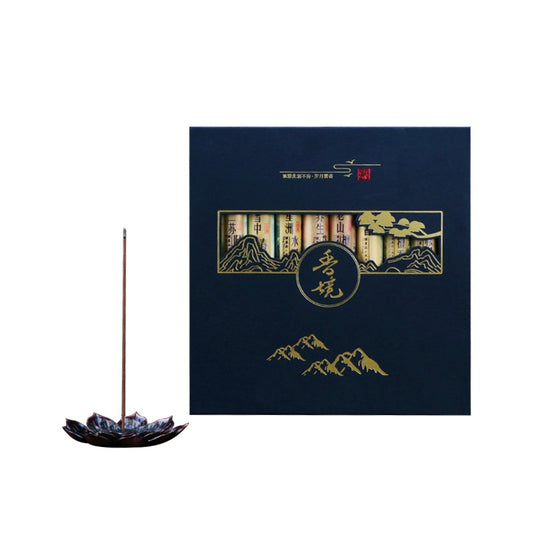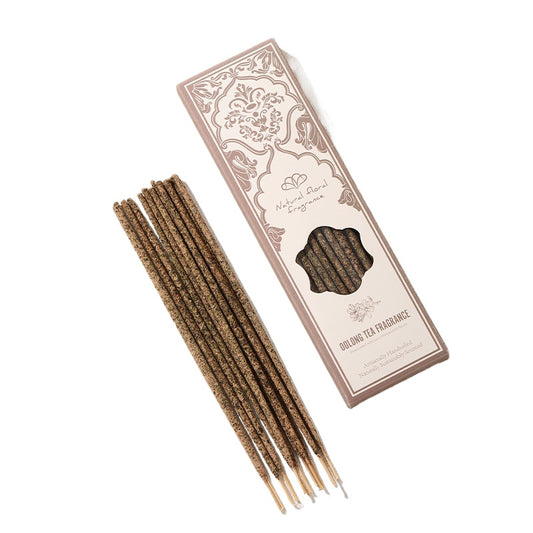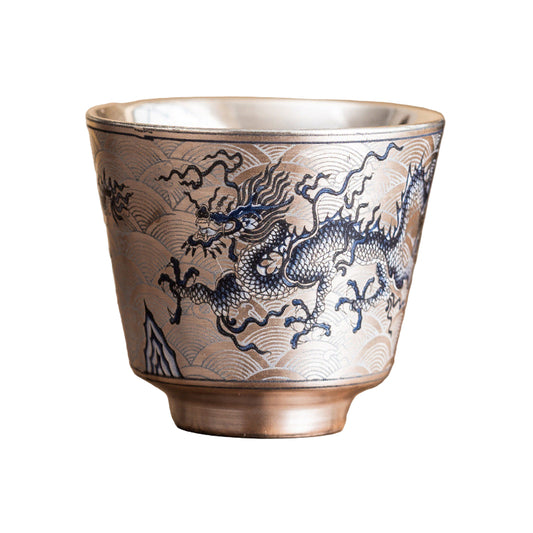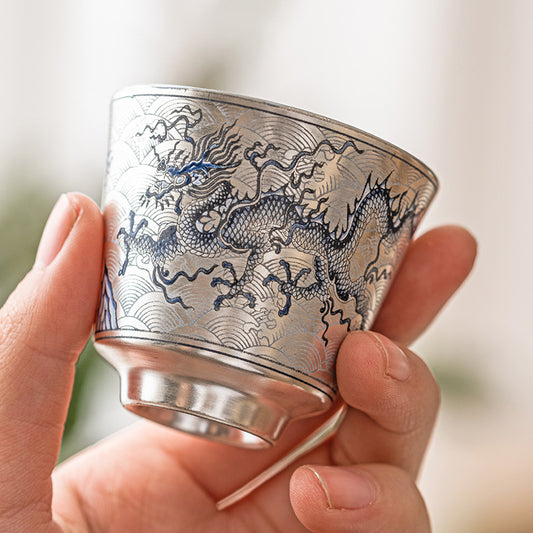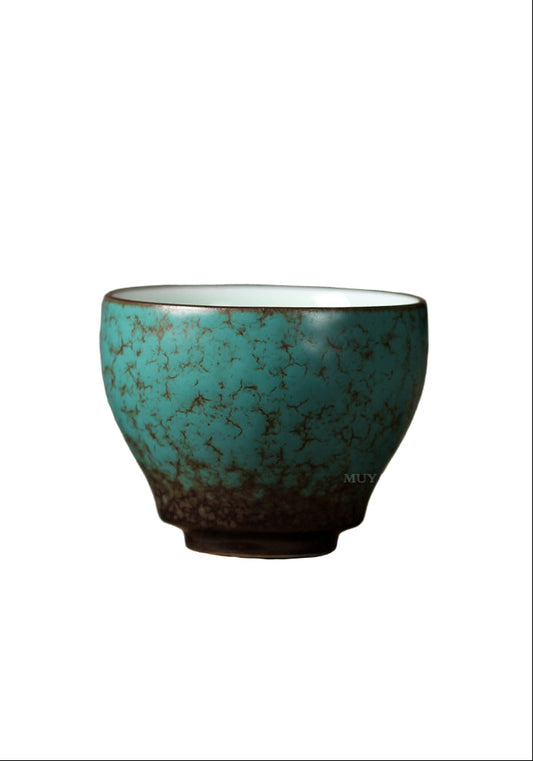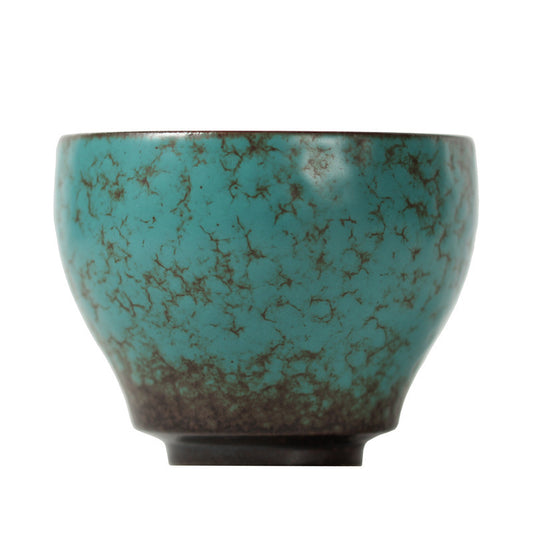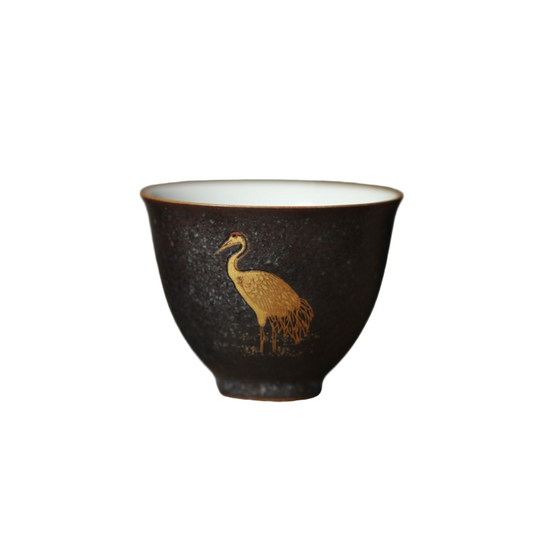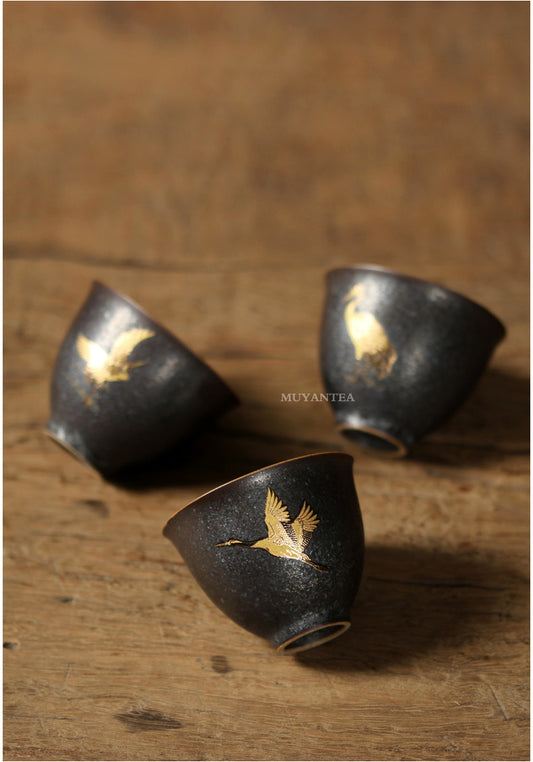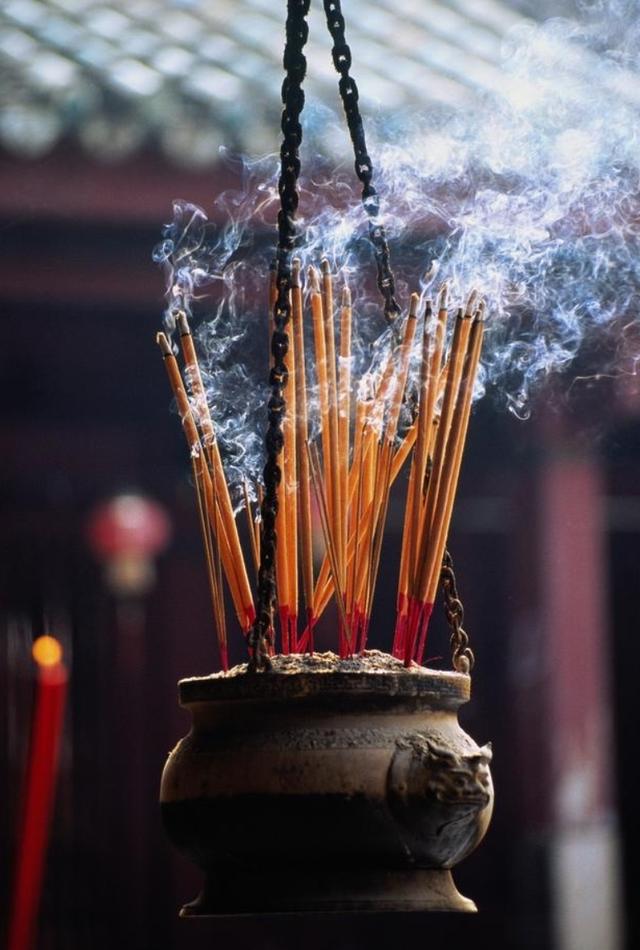
How Chinese Meditation and Incense Became Best Buds
The Ancient Art of Chill: How Chinese Meditation and Incense Became Best Buds
Ever feel like your brain is a browser with 700 tabs open, all playing different TikToks at once? Welcome to modern life. Now, imagine ancient China. No Wi-Fi, no endless scrolls, but trust me, they had their own brand of chaos. Dynasties rose and fell faster than your motivation on a Monday morning, philosophical debates raged hotter than a Sichuan hotpot, and let\'s not even get started on the drama of court politics. So, how did these folks manage to keep their sanity, let alone achieve enlightenment?

Well, they had a secret weapon: meditation. Not the kind you download an app for, but the OG, deep-breathing, mind-calming kind. And alongside this ancient stress-buster, there was a mysterious, fragrant sidekick: incense. You might think of it as just something that smells nice, but in China, incense and meditation became the ultimate power couple, a dynamic duo for inner peace. Why did these two become inseparable, like chopsticks and rice? Let\'s light a stick and unravel this aromatic mystery, shall we?
From Smoke Signals to Soul Signals: The Early Days of Incense in China
Before incense became the sophisticated spiritual tool we know today, it was, well, a bit more… utilitarian. Imagine our Neolithic ancestors, probably swatting away prehistoric mosquitoes while trying to figure out dinner. Someone, somewhere, probably tossed a fragrant herb onto a fire, noticed the bugs vanished, and thought, "Hey, this stuff is pretty neat!" So, in its earliest days, incense was less about enlightenment and more about pest control, medicine, and perhaps making the cave smell a little less like, well, a cave. Think of it as the original Febreze, but with more spiritual potential.
Fast forward a few millennia to the Xia, Shang, and Zhou dynasties (don't worry, I won't quiz you on the dates). This is where incense started to get a serious glow-up. It wasn't just for keeping critters away anymore; it was for talking to the ancestors, making offerings to deities, and generally showing off your good taste. Burning rare and exotic woods became a status symbol, a fragrant flex for the elite. It moved from the practical to the profound, from a simple smoke signal to a soul signal, carrying prayers and intentions skyward.
Legend has it that one particularly stressed-out emperor, after a long day of dealing with rebellious warlords and confusing prophecies, decided to try meditation. He sat down, closed his eyes, and… nothing. His mind was a whirlwind of imperial decrees and dinner plans. Frustrated, he dismissed his advisors, who, being wise (and probably a little tired of his grumpiness), suggested he try burning some fragrant wood. Skeptical but desperate, the emperor lit a piece of precious agarwood. Lo and behold, the rich, calming aroma filled the chamber, and for the first time, his mind settled. He emerged from his meditation session refreshed, enlightened, and probably a lot less likely to chop off someone's head. From that day on, meditation incense became a staple in the imperial court, proving that even emperors needed a little aromatic assistance to find their zen.
The Buddhist Boom: Incense Gets Its Spiritual Glow-Up
If incense was a rising star in ancient China, Buddhism was its super-agent, propelling it to global superstardom. When Buddhism arrived from India (think of it as the original cultural exchange program), it brought with it a deep reverence for incense. For Buddhist monks, incense wasn't just a pleasant smell; it was a tool, a sacred offering, and a direct pathway to enlightenment. They believed the smoke carried their prayers and intentions to the heavens, and frankly, it probably helped them stay awake during those really long meditation sessions.
Monks quickly realized that certain aromas were particularly conducive to deep contemplation. Sandalwood, with its calming properties, became a favorite for quieting the monkey mind. Agarwood, with its profound and complex scent, was reserved for the most serious of spiritual journeys, helping practitioners delve into deeper states of consciousness. This wasn't about burning just any old stick; it was about selecting the perfect meditation incense to facilitate a profound spiritual experience.
Imagine a monk, sitting cross-legged, trying to achieve nirvana. His mind wanders to yesterday's tofu, or perhaps the leaky roof of the monastery. But then, the subtle, pure aroma of meditation incense fills the air. It\'s like a gentle, fragrant hand guiding his thoughts back to the present moment, reminding him of his purpose. Incense became an essential part of the monastic routine, not just for ritual, but for practical, mind-focusing purposes. It was the original spiritual air traffic controller, directing stray thoughts back to the runway of enlightenment.
Taoist Twists and Turns: Incense for Immortality (and a Good Vibe)
While Buddhists were busy seeking nirvana with their fragrant companions, the Taoists, ever the individualists, had their own unique spin on incense. For them, it wasn't just about offering to gods or focusing the mind; it was about cultivating inner energy, or 'Qi' (pronounced 'chee', not 'key' like your car keys, though it can unlock some pretty profound states). Taoists believed that by harmonizing their Qi, they could achieve longevity, vitality, and maybe even a little bit of immortality. And guess what was a key ingredient in this ancient energy drink? You guessed it: incense.
Taoist masters, known for their eccentric wisdom and often their impressive beards, used incense as a tool to guide and enhance their Qigong practices. Qigong, for the uninitiated, is like a slow-motion dance party for your internal organs, combining gentle movements, deep breathing, and a calm meditative state. The smoke from the incense wasn't just pretty; it was believed to help circulate Qi, clear blockages, and create an optimal environment for inner alchemy. Imagine a Taoist master, perhaps named Old Man Wu, trying to perfect his \'Flying Crane\' Qigong form. He\'s swaying, breathing, but his Qi feels a bit… sluggish. He lights a stick of potent meditation incense, and suddenly, his Qi flows like a mountain stream, his movements become more graceful, and he might even levitate a little (results may vary).
They understood that the right aroma could subtly shift the energetic landscape, making it easier to connect with the natural rhythms of the universe. It was less about rigid ritual and more about creating a 'good vibe' for their internal explorations. So, whether they were trying to become one with the Tao or just trying to get their Qi to stop acting like a grumpy teenager, incense was their fragrant secret weapon.
Conclusion: The Enduring Scent of Stillness
From humble beginnings as a bug repellent to becoming a cornerstone of spiritual practice, the journey of incense in China is as rich and winding as the Great Wall itself. It’s a story of practicality evolving into profound spirituality, of ancient wisdom finding its fragrant expression. Whether it was the emperors seeking calm, the Buddhists pursuing enlightenment, or the Taoists cultivating their Qi, incense was there, a silent, smoky witness to centuries of inner exploration.
Today, as we navigate our own modern chaos, the wisdom of these ancient practices remains as relevant as ever. The gentle wisp of meditation incense still offers a pathway to stillness, a reminder that even in the busiest of lives, peace is always within reach. It’s a testament to the enduring power of simple, natural elements to connect us to something larger than ourselves, to quiet the noise, and to find our own ancient art of chill. So, next time you light a stick, remember the journey it’s been on, and let its timeless aroma guide you to your own inner sanctuary.
Discover More in Monian
Explore our handcrafted incense holders and natural incense collections designed to bring peace and elegance to your space.
Discover Now

